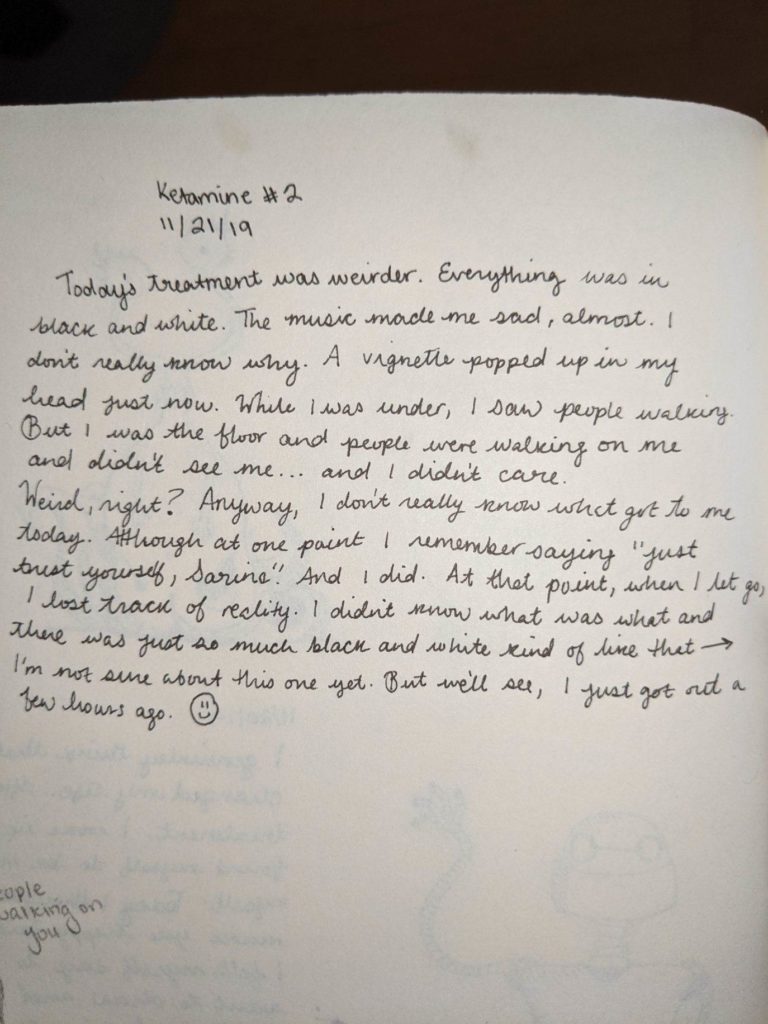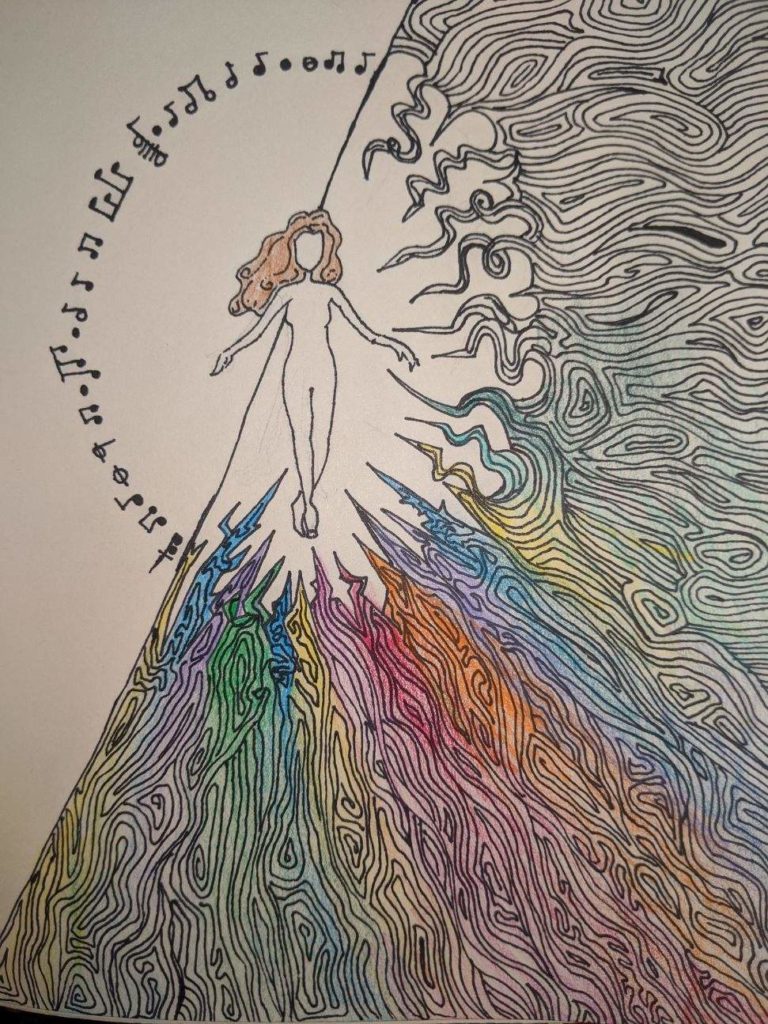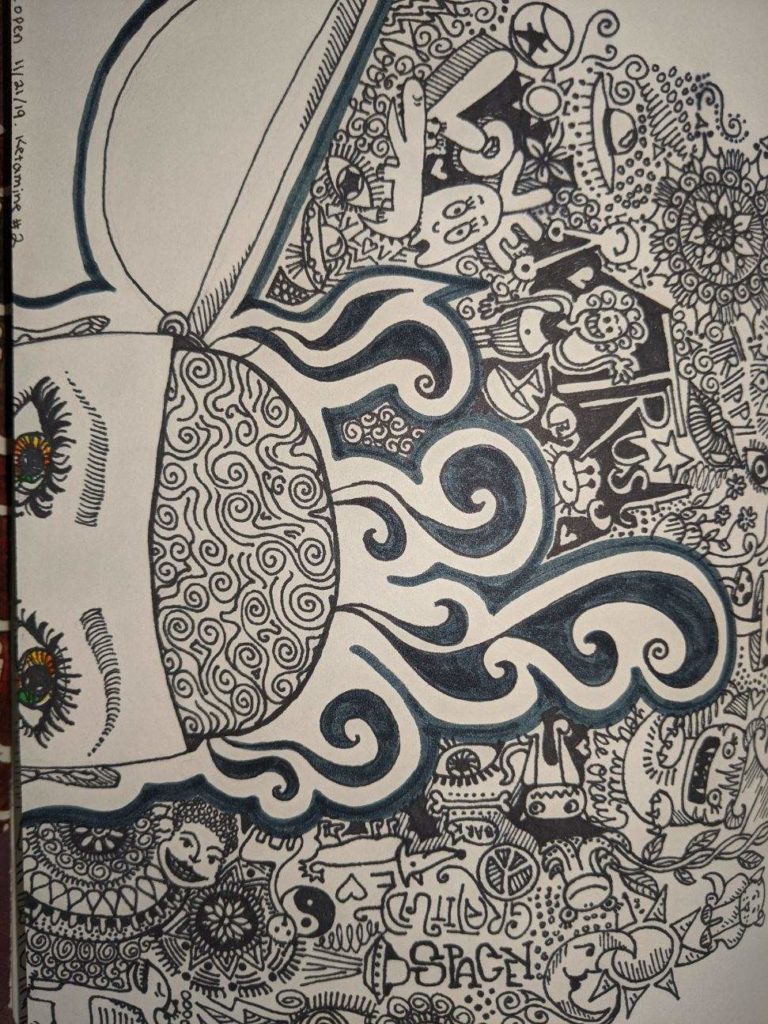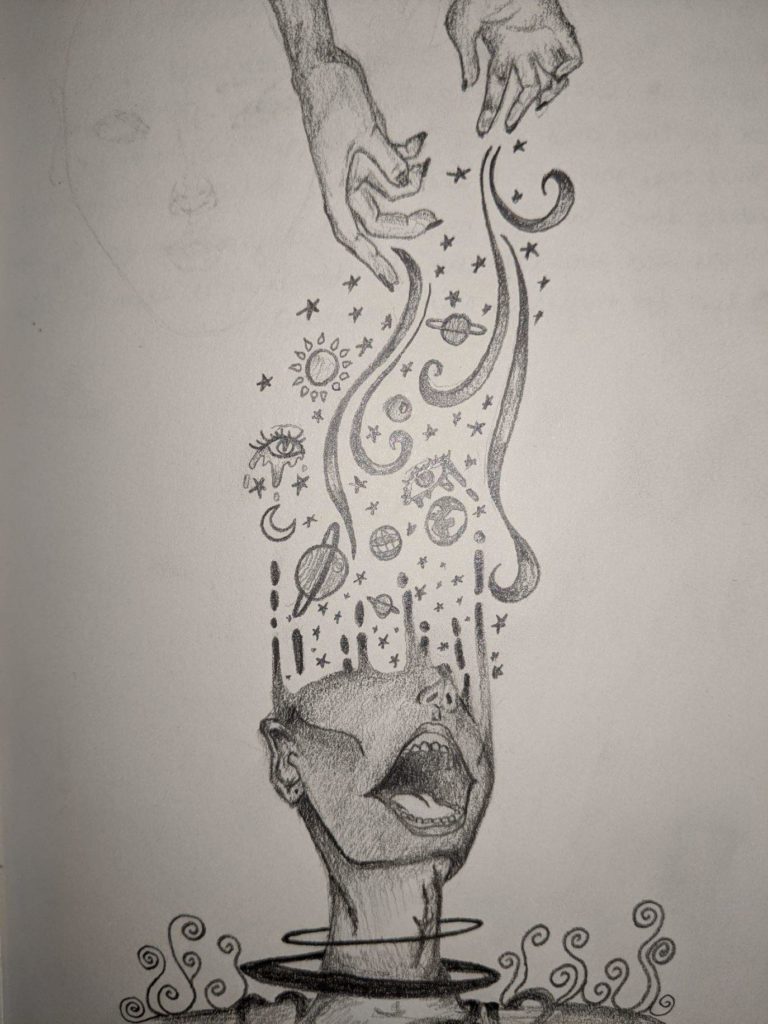Ketamine is an anesthetic developed in 1962 and has been in clinical practice since that time. It is part of a novel set of drugs known as NMDA receptor antagonists. It is the most widely used anesthetic in the world and is listed on the World Health Organization’s Essential Medicines. Ketamine is commonly used in Emergency Departments around the world for sedation during painful procedures. In 2000, Berman et. al published the first clinical trial of ketamine to treat depression. Since that time, there has been a robust body of clinical evidence to suggest that ketamine is exceptionally effective in treating treatment-resistant depression, PTSD, anxiety, suicidal ideation, neuropathic pain and other related mood disorders. Unlike standard antidepressants which generally take 4 to 8 weeks to work (if they work at all), ketamine is fast-acting and can sometimes show immediate efficacy after a single intravenous dose. Because of its fast-acting nature, ketamine can be an extremely important tool in preventing suicide and immediately alleviating the suffering caused by major depressive disorder (MDD). More recently it has also been used to treat neuropathic pain and the symptoms of PTSD. The small doses and method of administration (intravenous infusion) used to treat depression patients differ greatly from those used in hospitals for anesthesia.
FAQs
In March of 2019, the U.S. Food and Drug Administration approved the s-enantiomer, of ketamine, esketamine, in conjunction with an oral antidepressant, for treatment resistant depression in adults. Ketamine, a mixture of two mirror image molecules (s-ketamine and r-ketamine) has yet to be approved by the FDA for treatment resistant depression, despite 20 years of increasing evidence of its safety and efficacy. Ketamine is legally prescribed and administered “off label” by licensed physicians in clinics around the country to treat depression, anxiety, mood disorders, PTSD, OCD and chronic pain.
At Blue Sky Ketamine, we are not mental health professionals, but procedural experts. In general, we will need a referral from your physician, health care provider, psychiatrist, or therapist. This is not a complicated process, and usually involves you filling out a release form so our physicians can speak someone from your healthcare team.
The most common side effects experienced by patients treated with ketamine in the clinical setting are disassociation, dizziness, nausea, sedation, vertigo, decreased feeling or sensitivity (hypoesthesia), anxiety, lethargy, increased blood pressure, vomiting and feeling drunk. In our clinic, because approximately 10% of people experience nausea, we tend to pre-treat clients with a commonly used anti-nausea medication, Zofran (ondansetron). For people with underlying high blood pressure, we may also pre-treat selected clients with a blood pressure medication, Clonidine, to blunt acute but transient increases in blood pressure.
It is best not to eat solid food for several hours before the treatment since 10-15% of clients experience transient nausea after the ketamine session. Do not use alcohol or any other non-prescription drugs on the day of treatment. You should wear comfortable clothes and consider bringing a one hourplaylist with meditative or calming music of your choice. Because of COVID, we prefer that all clients bring their own headphones and eye shades/blinders. Although most people feel little residual effects of the ketamine shortly after the infusion is stopped, a small minority have some dizziness or nausea. Therefore we recommend that you do not drive or operate machinery the day of treatment and require that you have arranged a ride home.
About 20% of our clients are teens and young adults. In these cases, the referral must come from a treating psychiatrist.
A typical session lasts between 1 hour and 15 minutes to 1 hour and 30 minutes. The infusion itself is 45 minutes. It takes about 15 minutes to say hello, place an IV, and initiate the treatment. Most clients recover in 10 – 30 minutes after the infusion has ended.
The National Institute of Mental Health protocol recommends a minimum of six, forty minute infusions for treatment resistant depression. About 25% of clients notice sometimes subtle or even profound changes with a single infusion. Most clients require 4-5 infusions before noticing a “significant shift in symptoms”. Often, family members and friends will notice some changes before clients themselves.
At Blue Sky Ketamine, we modify the treatment schedule based on your response to treatment. Because the treatments are not inexpensive, we try to minimize the number of sessions required while optimizing your health and well being.
About 1/3 of our clients complete the 6 session course and do not need periodic maintenance “boosters”. 1/3 of our clients do require periodic infusions, typically spaced every 4-6 weeks to maintain the significant gains they have achieved through the 6 ketamine treatment sessions. There is no way to predict what your needs will be. Some clients find that as they go through this process, the time between boosters lengthens.
Most ketamine clinics across the country use medics, nurses, nurse practitioners, or physician assistants to supervise the ketamine infusion, At Blue Sky Ketamine, Dr. Rosen is available during your entire treatment session to supervise your infusion and adjust your dose, if necessary, to optimize your experience.
What To Expect
TREATMENTS MAY BE TAILORED TO THE PATIENT’S SPECIFIC NEEDS AND ARE TYPICALLY DESCRIBED TO BE A PLEASANT OR EUPHORIC
We follow the ketamine treatment protocol that has been studied most in the treatment of depression. This is commonly referred to as the National Institute of Mental Health (NIMH) protocol. Depending on the condition, we may tailor the treatment to your specific needs. The ketamine treatment takes about an hour. When you arrive, your vital signs will be checked, and an IV will be placed. Ketamine is then administered intravenously slowly over 40 minutes. After about 20 minutes, you may notice changes in your perception, altered thought patterns and the feeling of being in a dream-like state. By the end of the 40 minutes you may feel a sense of being outside of your body. Most people describe the experience as pleasant or euphoric. You will be awake, but people often find it difficult to communicate. We recommend resting comfortably with eyeshades and calming music of your choice.





